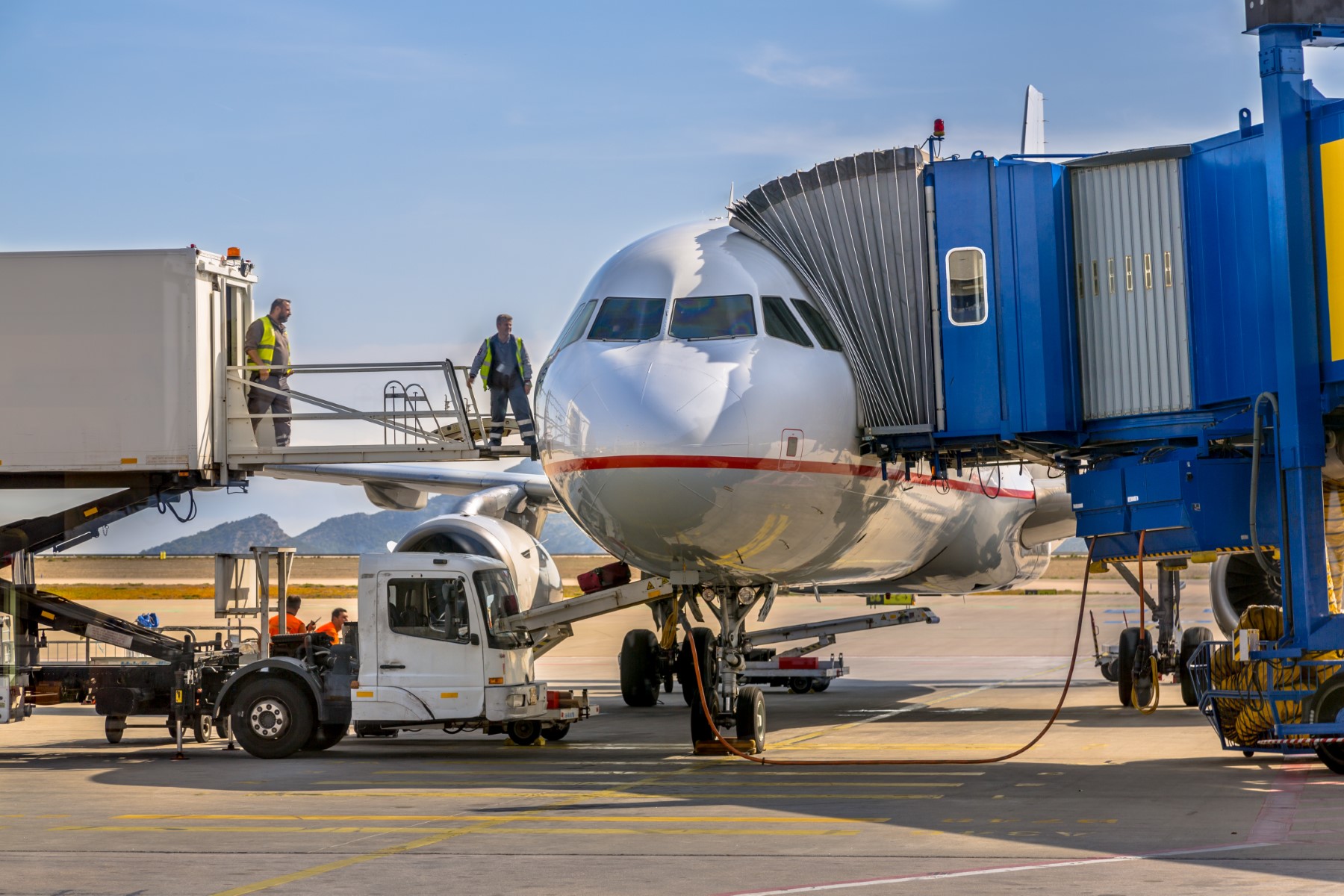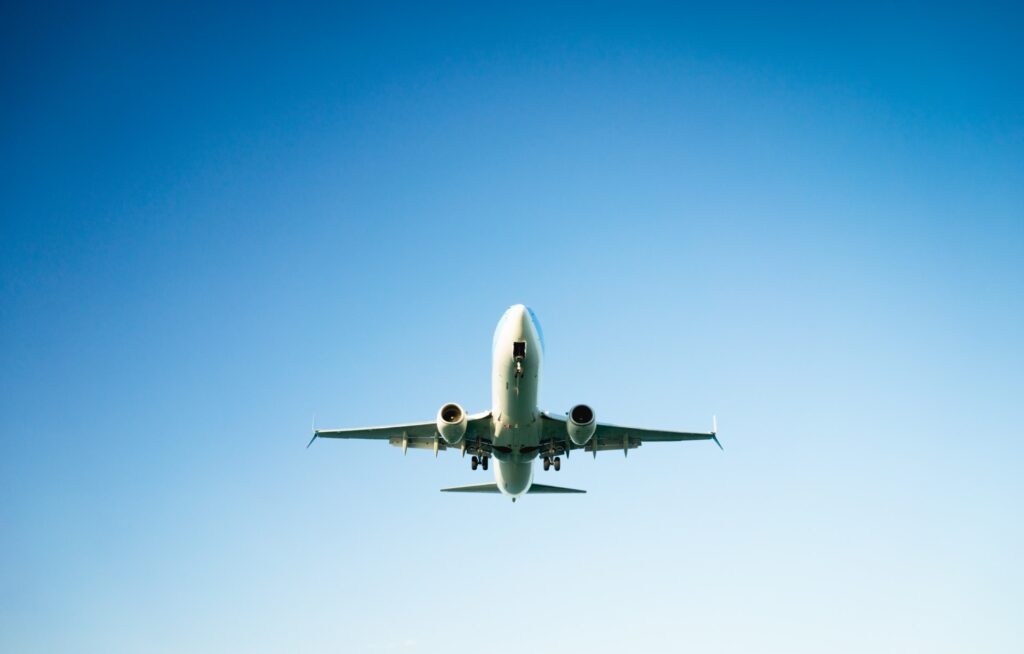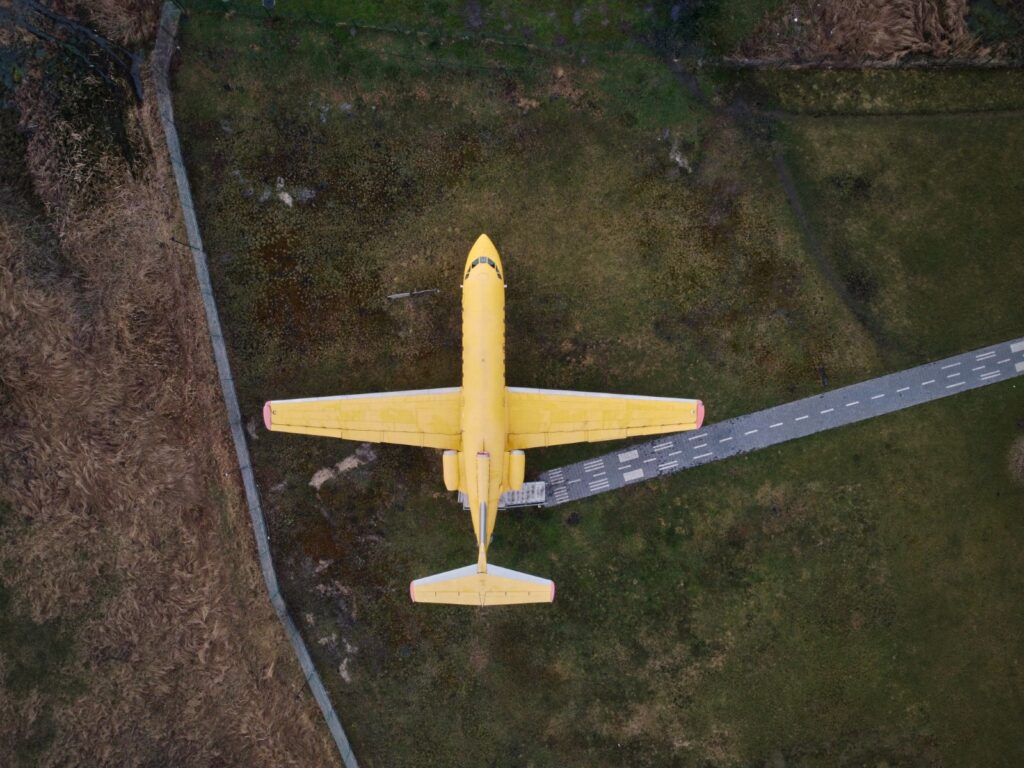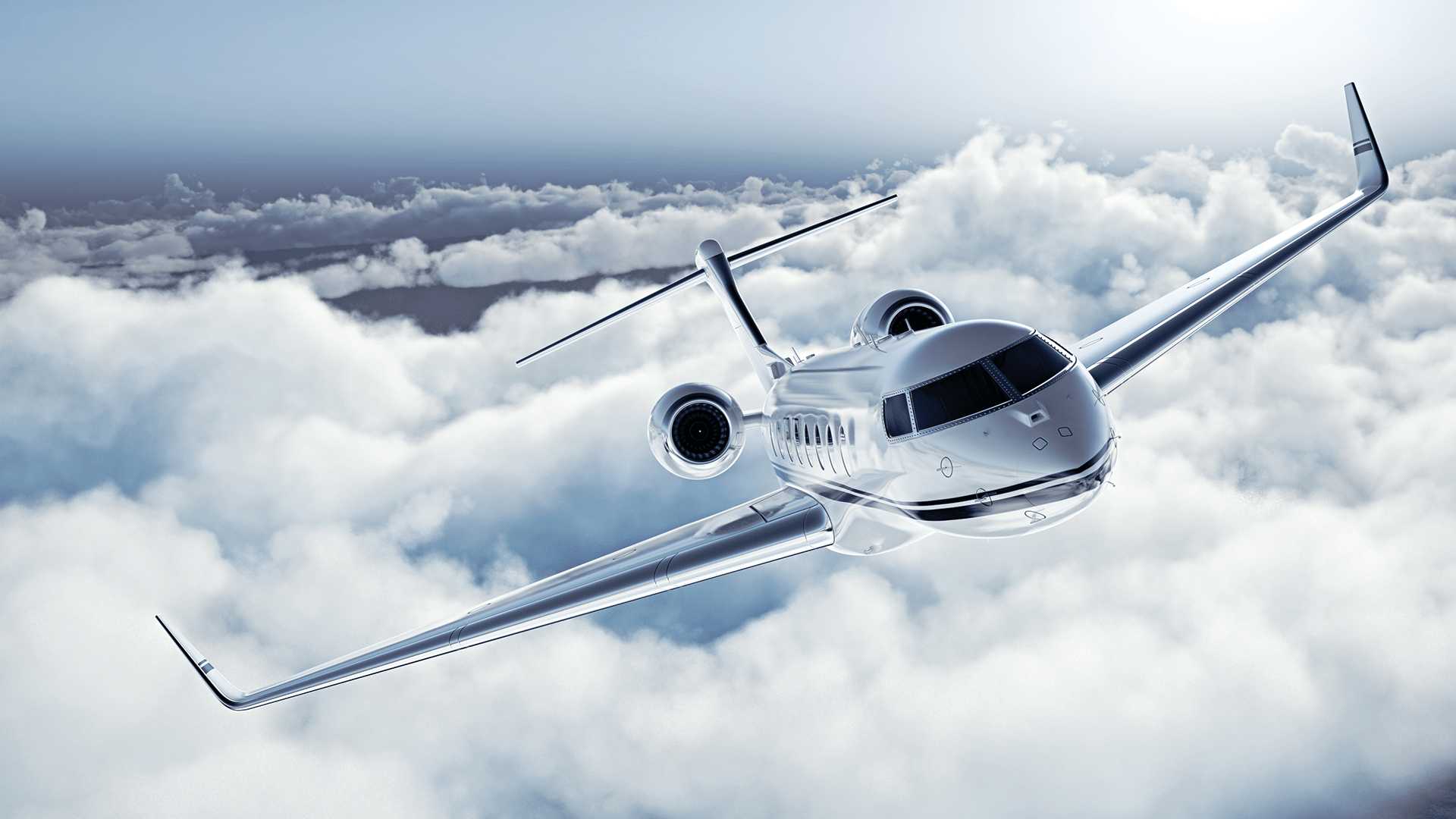
There is a good chance that you have already heard of aircraft spotting before. If you want a simple definition, here it is: It is the act of monitoring the movement of aircraft using photography. This passionate field involves enthusiasts known as spotters that spend their time taking pictures of airplanes. These pictures serve to provide details on the kind of aircraft that can be seen and also aid in providing proof when needed; this is usually done when there is suspicious activity involved and concrete proof is required by authorities to take action against such malicious activity. It involves everything from a small private jet to a mammoth passenger airliner.

The Beginning
The first aircraft was made and flown by the Wright brothers in the early 20th century. The invention led to a complete revolution in the aviation space and saw further inventions of more advanced aircraft up until the Americans set foot on the moon. The Wright brothers had not just made an invention but had brought on a tide of technological advancement that has since seen no limits. Aircraft spotting however took to the sky (pun intended) in the middle of the 20th century after the onslaught of new inventions in the newly discovered space of aeronautics. The first spotters were curious observers looking to see the magical flying giant created by man, but this hobby took to greater heights with the invention of modern aircraft.
Photography of these ‘creatures’ spawned a new passion for many interested in this alien hobby and has since become a culturally diverse space for people to have discourse on the development of these photographs. Furthermore, the more curiously inclined spotters became an actual problem when pictures of spy planes started getting published in newspapers with its culmination in UFO spotting. This began a chain of events that directly lead to the advent of a series of countercultures focused on rebelling against this new hobby. As the popularity of aircraft spotting died down, it took a new face. Away from the controversies into a beautiful hobby popular among the young and the old. It continues to garner attention from the youth and does not look to be coming to end any time soon. There is however still a taste of interrogative work that fuels the passion.
How Do You Spot?
When spotting aircraft, observers take note of key characteristics such as a distinctive noise from its engine, the number of vapor trails it is leaving, or its callsign. Spotters analyze the size of the aircraft and the number, type, and position of its engines. Another distinctive attribute is the position of the wings relative to the fuselage. The wings may be above the fuselage, below it, or fixed at the midpoint. The number of wings indicates whether it is a monoplane, biplane, or triplane. The position of the tailplane relative to the fin(s) and the shape of the fin are other attributes. The configuration of the landing gear can be distinctive, as well as the size and shape of the cockpit and passenger windows along with the layout of emergency exits and doors. Some spotters try to note markings, national insignia or livery, airline logos, squadron insignia, or code letters in the case of military aircraft. More information can be obtained from the published manuals. Camouflage markings might vary depending on the location in which the aircraft is expected to fly. Other features are speed, cockpit placement, color schemes, or special equipment that change the silhouette of the aircraft. Combined, these features allow aircraft to be identified. If observers are familiar with the airfields used by the aircraft and their normal traffic patterns, they are more likely to make quick judgments about the identity of the aircraft.
Outside activities include listening to air traffic control transmissions (using radio scanners where legal) and working with other “spotters” to determine which aircraft were seen at a particular time or location. The culture also includes clarifying ambiguities about aircraft spotting. Several Internet mailing list groups have been formed to assist with inquiries and reports of anomalies from aircraft sighted at airports. These groups can serve specific geographies, specific aircraft types, or serve a wider range of users. Many of these groups stem from the original few groups, who pioneered this kind of communication.

What Do You Need to Start Spotting?
Access to the internet and social networking sites have allowed spotters to communicate at a much larger scale than previously with platforms like Twitter, Facebook, and Instagram providing havens for uploading and cataloging aircraft that are spotted. Advanced Camera gear is a necessity when it comes to the art of aircraft spotting. This includes access to high-quality stands, cameras, lenses, electronic devices to note down signals, and large-range voice capturers to retain the sound coming out of the engines which is used by the spotters to pinpoint not only the location of the aircraft but also the type of aircraft. This also gives room for spotters to work to aid local authorities if any distress signal is noticed.
Similarly, equipment such as ADS-B decoders is also extensively used by spotters. The Radar data is processed and turned into a digitized screen where it is possible to see the movement and possible trajectory of the aircraft.
Spotting and the New Era
This hobby extends to spotters going to various airports looking for unique aircraft and pursuing said aircraft over long distances to capture details. Spotters communicate with each other and go ‘hardcore’ for the sake of the hobby. In the wake of terrorist attacks on the airports, enthusiastic organizations have worked to develop a code of conduct for airplane spotters, similar to the guidelines developed for train spotters. Asking hobbyists to contact the police if observers think they’ve seen or heard anything suspicious, is an attempt to allow hobbyists to continue their hobby while increasing security around the airport. These interventions are also being made abroad, such as in Australia, were enthusiasts report malice.
Hotspots
Amari Airbase
Harjumaa, Estonia has the Amari Airbase which is a very popular locale for spotters to come together and conduct their ‘business’.
Tbilisi International Airport
The airport handled 3.7 million passengers in 2019. Due to COVID-19, the airspace of Georgia was closed for most of 2020 causing the number of travelers through Tbilisi airport to drop by 84% to less than 600,000.
Barksdale Air Force Base
Barksdale Air Force Base 16km east of Shreveport (Louisiana) is one of only two B52 air bases in the world. It is a very popular hotspot for aircraft spotters.
Fort Worth international airport
Located in Dallas, Texas, this giant attracts thousands of spotters every year due to the high aircraft activity in the region.
Extraordinary Rendition
As we approach the end of the article it is essential to denote one of the most popular events that took place in the spotting world. Following the events of 911, there was an increased number of rendition cases in the US, with people being abducted and sent to third states by covert governmental agencies. this program is most often known as ‘Extraordinary Rendition’. Avid aircraft spotters used their skills to track down ‘rendition aircraft’, which allowed them to develop the information they gathered and put it in the public domain.
All in all, aircraft spotting is an interesting niche that only opens up more and more layers of history as you go down the rabbit hole.


No Comments